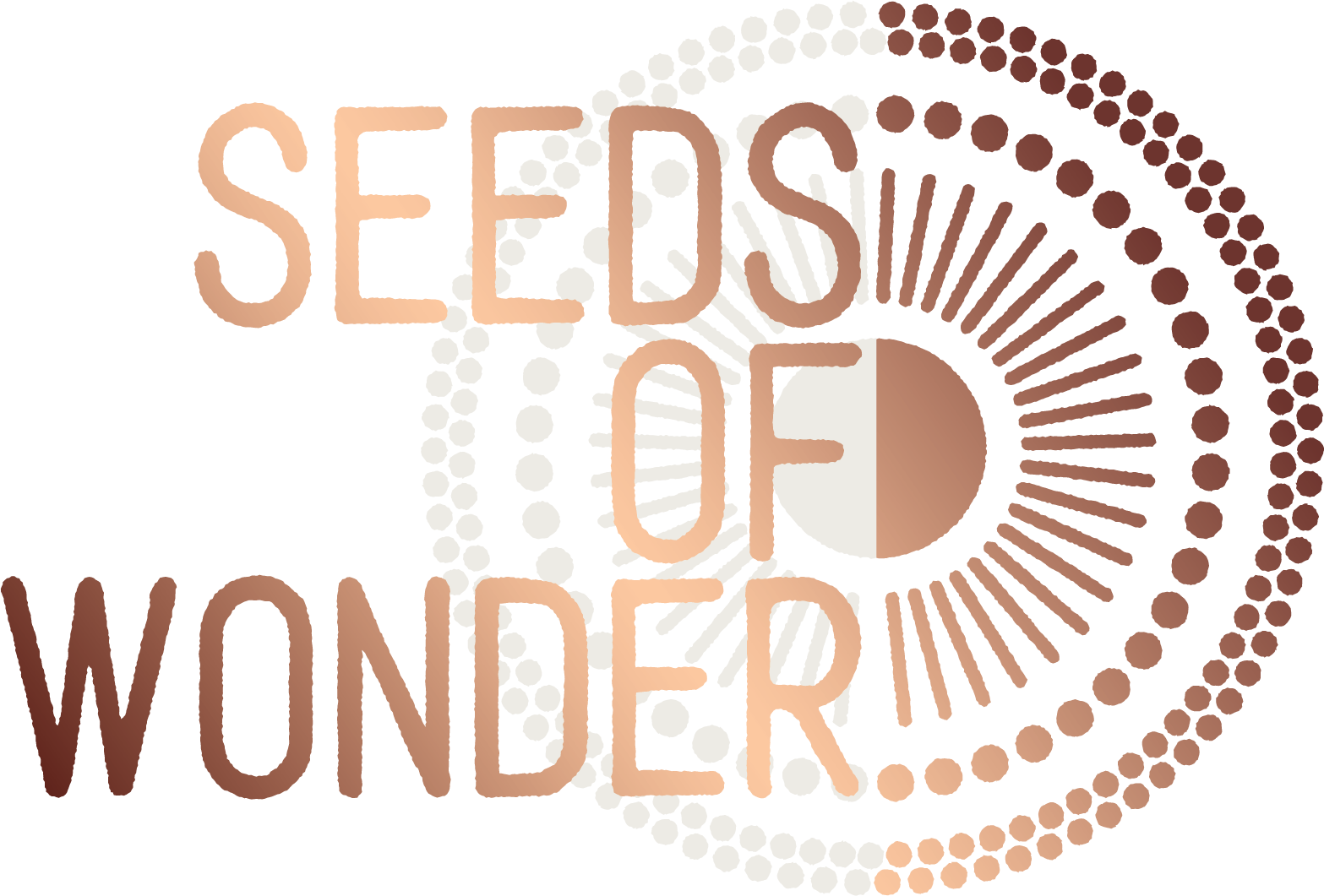Tantra – it is not all about sex
Tantra is a spiritual philosophy with sects both in Hinduism and Buddhism. It is a spiritual movement that arose in medieval India in the 5th century CE. Yep – it is not as much about sex as it’s been made out to be. The movement spread throughout Asia and impacted several religions, all impacting and evolving the practice. This article focuses on Hindu Tantra, but you can read more about Tantra in Buddhism here.
Tantric Yantra
The word has roots in ‘tanoti’, which means to extend or stretch, and ‘trayati,’ which means liberation. Tantra moves away from the restrictions of some forms of traditional yoga and instead believes that the Universe is an expression of divine consciousness. So, instead of rejecting the physical world and human needs and desires, it embraces them with the belief ‘you are the physical manifestation of the universe experiencing itself’.
Tantra makes spiritual liberation available to everyone, not just yogis or monks. It removes the splits between spiritual and mundane, which means that every aspect of your daily life can be used to deepen your journey of spiritual growth. The idea here is that everything that exists is divine. That includes things that we might perceive as being unholy – yes, even things like poop and urine for some sects.
It is a practice to transcend our desires, to embrace them instead of suppressing them. One cannot deny the energy of desire and still pursue authenticity. This energy of desire cannot be destroyed, but it can be transmuted and transformed – harnessed even.
The fundamental belief of Tantra practitioners (referred to as Tantrik) is that the Universe is the physical manifestation of divine energy. Through specific practices, a Tantrik endeavours to become a conduit through which that energy can be channelled. By doing this, the Tantik will achieve liberation from their human form and the darkness of ignorance and through that accomplishing immortality and enlightenment.
Tantra is an eclectic mix of rituals and practices that have evolved over time. The main focus is to become divine through expanding your own prana (or life force) to connect with that of the Universe. Through practicing Tantra, you can connect with the universal energy and live a physical and spiritual abundant life.
Shiva and Shakti, Kundalini, and Tantra.
Tantra believes that the Universe is a ‘manifestation of pure consciousness’. This consciousness is manifested in two parts represented by Shiva and Shakti. Shiva represents the motionless and formless aspects, while Shakti is the dynamic and creative parts. While there seems to be duality in this, one cannot exist without the other.
Swami Jnaneshvara uses the metaphor of the Ink and the Word to explain how the two relate to each other. Shiva is represented by the ink. It is always the same and unchanging. Shakti is the words written with the ink. She represents all the different ways that the ink can be formed in order to create words or pictures.
Shiva is the energy from which the entire Universe is manifested. Shakti can be seen as the changing parts of consciousness. She can be expressed as Kundalini, Prana, the Chakras, and the five elements. Shakti also represents one’s ‘I-am-ness’ which includes your personality and physical body.
Through the journey of self-realisation, we work through all the stages and layers of Shakti in order to unite with the universal consciousness of Shiva. Through deeper practices, you can achieve union between Shakti and Shiva. Here you might realise that everything in the Universe is a creative expression (Shakti) or the universal energy (Shiva).
What is Kundalini?
Kundalini is depicted as a coiled serpent that lays asleep at the base of your spine. This spiritual energy is latent until you engage in practices to ‘wake it up’. It is the ‘most innate and essential part of spiritual advancement, unfoldment, or realisation’.
While she is asleep, her face points downward. During this time, the serpent is slightly awake. Through specific practices, the Kundalini awakens and starts to point her face upward. She will then ascend through the chakras along the spine, reaching Shiva, her companion, at the Crown of the head. This rising of the Kundalini represents the transformation of energy from basic levels to connecting with the divine. By connecting with the divine in all the things, you will achieve the ultimate liberation.
There are different ways to awaken your Kundalini. Those who are less prepared could start with external practices (called bahiyayag) that include rituals or symbolic gestures. Others, who are more prepared could follow the path of antaryag, which consists of internal practices like doing introspection and making the mind one-pointed.
According to Swami Jnaneshvara, all yoga is Kundalini Yoga. The Himalayan sages follow the three streams of yoga, Vedanta, and finally, Tantra to awaken Kundalini and bring the two sides of the energy (Shiva and Shakti) into union.
Yoga aims at clearing the mind through following the Yoga Sutras of Patanjali. The encompassing form of yoga is known as Raja Yoga or Royal Yoga. It is also sometimes referred to as Ashtanga Yoga, as it includes the eight limbs of yoga described in the Yoga Sutras. Here Ashtanga Yoga is not the more modern version known for a set of specific postures; instead, it refers to the ancient form of Ashtanga Yoga. Yoga, in this sense, focuses on purifying the mind and removing it as an obstacle for your inner journey. Through practicing meditation as a part of yoga, you will start to become aware of the difference between the larger consciousness and the physical world that it is currently manifested as.
Self-enquiry is achieved through meditative contemplation of Vedanta (ideologies based on the philosophies held in the Upanishads). The journey of self-enquiry includes reflecting on statements called Mahavakayas and paying attention to the four functions of your mind. It also includes inquiring into the different states of your mind: waking, dreaming, and deep sleep – and the universal consciousness that is present in these states. This consciousness is known as Tripura and is represented by the OM Mantra. This inner self-enquiry should be done only once the mind is pure and calm so as to avoid the cultivation of anxiety.
Finally, the energies are balanced and moved through the practice of Tantra. Through ‘waking up’ and nurturing the creative aspect (Shakti) of our internal energies, we can ultimately be led back, and come into union with Tripura, or the universal consciousness.
This is where the three schools of Tantra comes in.
Three schools of Tantra
There are three schools of Tantra: Mishra Tantra, Samaya Tantra, and Kaula Tantra.
Kaula Tantra has Left-Handed and Right-Handed Tantriks, and this school of Tantra is usually what practitioners in the West refer to as Tantra. Left-Handed and Right-Handed here refer to the paths within Kaula Tantra that can be followed. Kaula Tantra focuses on external practices and rituals and is the lowest practice of Tantra.
Mishra Tantra is one step higher and focuses on both internal and external practices and rituals.
The highest form of Tantra is Samaya Tantra, which focuses only on internal processes and makes use of advanced practices.
So… what about the sex?

The practice of engaging with Kundalini energy through concrete practices is a part of the Kaula school of Tantra. The Left-Hand practitioners of this school of Tantra include meat, fish, intoxicants, mudras, and sex as part of their practices and rituals. The Right-Handed practitioners of this school of Tantra practice these rituals symbolically.
Kaula Tantra focuses on the Muladhara (Root) chakra and aims at gaining control over the physical needs of your body. The energy of the Kundalini awakening is regarded as feminine and practitioners of Kaula Tantra sees this as something that should be held in high regard, instead of being used purely for sensual or sexual gratification.
According to the scriptures of Kashmir Shaivism: “When someone worships an object or person as if it is God, that object or person becomes God for the worshipper. The sex act is given special attention in Kaulism as a medium for which God can be recognized. It is said that the power of the entire universe (Kundalini Shakti) is alive in the body in the form of sexual energy.”
Kaulism sees sex as a vital channel for reaching and connecting with the divine. It is not so much about the act of intercourse as it is about engaging with the energy of pleasure (kama), which can be expressed in any form of joyful activity. Through engaging with this energy, and by seeing everything as a path to the divine, it becomes a path into yourself and a journey to recognising the universal oneness.
Sexual energy is a creative energy, and for some, it is even inseparable from the energy of the Universe. It is the energy that brings us all into physical existence. The awakening of our Kundalini or sexual energy and primal life force is linked to pure joy and creativity.
The practice of Tantra is a deep dive into yourself and the universal consciousness. It has a lot more to do with remembering and re-connecting to the ‘All that is’ than it is about the sexual practices that it has become known for in the West.







